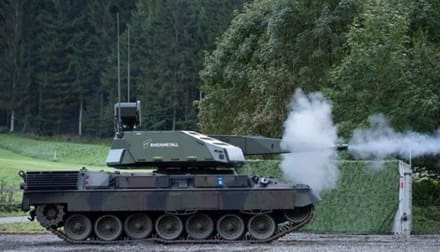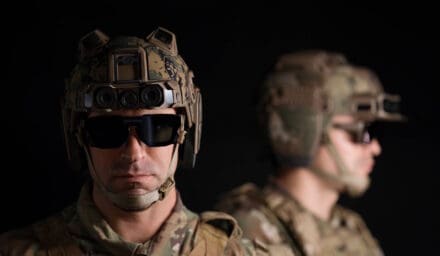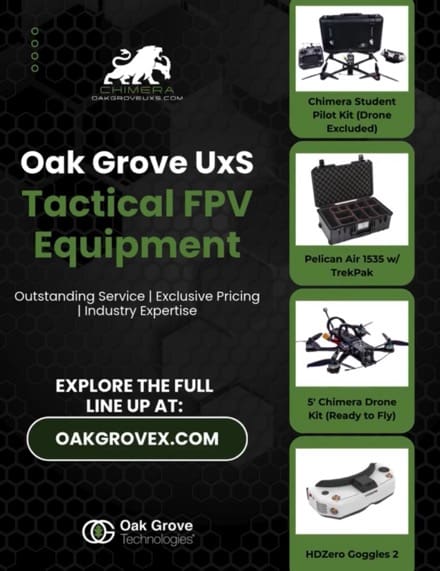Autonomous and Manual Kits deliver mobile, layered counter-drone defense, building on 2,500+ systems fielded in over 50 countries
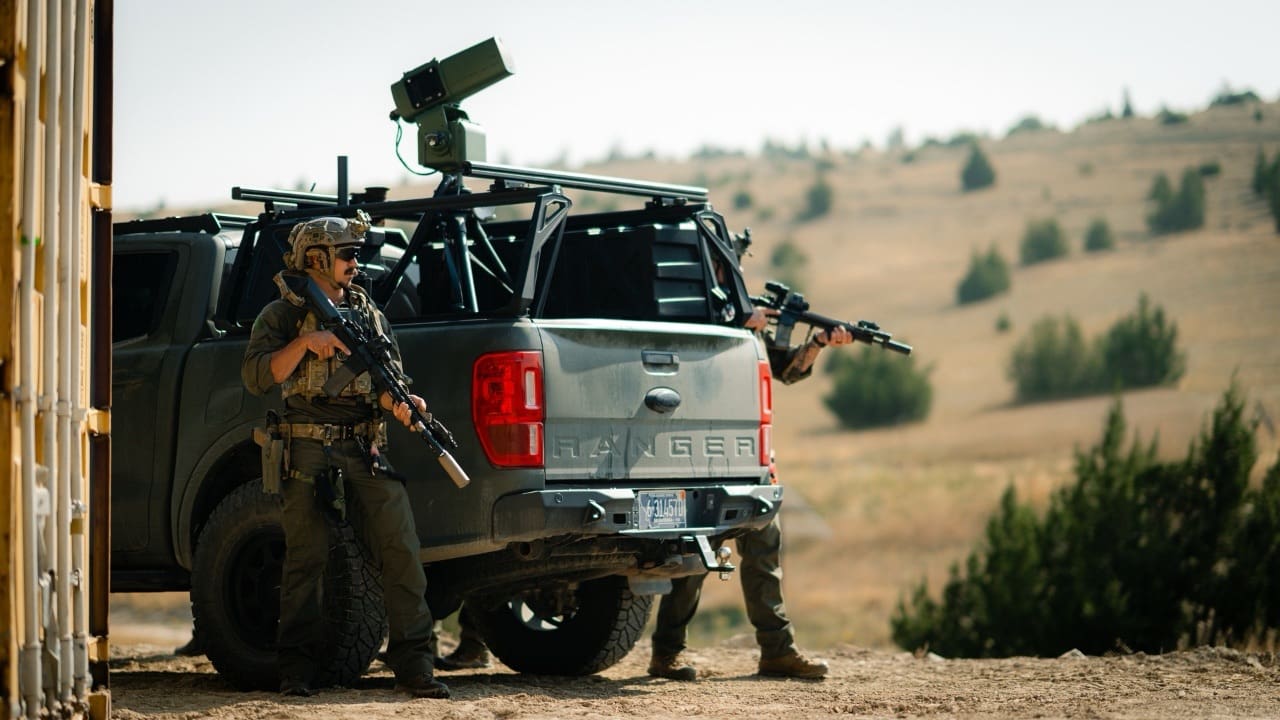
Figure 1 Dronebuster® Vehicle Kits by DZYNE shown with Autonomous Configuration mounted
Washington, D.C. – October 13, 2025 – DZYNE Technologies today unveiled its new Dronebuster® Vehicle Kits at the Association of the United States Army (AUSA) Annual Meeting in Washington, D.C. The expansion of the combat-proven Dronebuster® line brings mobile counter-UAS protection to vehicles, convoys, and infrastructure – extending capabilities already trusted by forces in over 50 countries, with more than 2,500 units fielded worldwide.
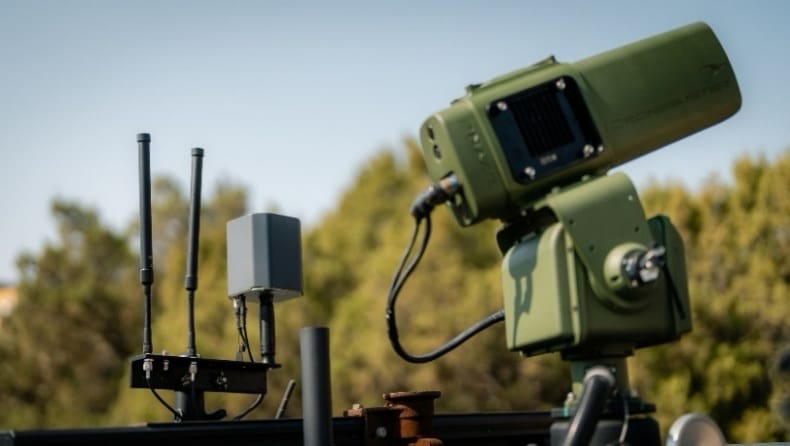
Figure 2 Dronebuster Vehicle Kit shown with Autonomous Configuration Mounted
“The Dronebuster® Vehicle Kits are the next step in our integrated family of Counter-UAS systems. They provide operators witha lightweight, affordable CUAS system that detects, tracks, identifies, and mitigates UAS threats. The optional networking capability to enable a broad-area, distributed defense solution that keep operators ahead of the threat,” said George Schwartz, EVP, Products at DZYNE.
“This launch represents a milestone in DZYNE’s growth,” added Matthew McCue CEO of DZYNE. “We’ve doubled our workforce in Portland this year to meet demand and expandedour Counter-UAS product line – underscoring our role as a leading provider of layered defense solutions.”
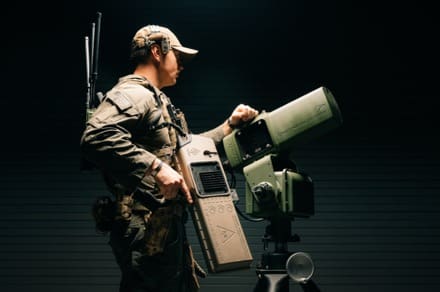
Figure 3 Dronebuster Vehicle Kits by DZYNE offered in (2) Configurations
Unlike traditional systems that are heavy, expensive, and slow to deploy, DZYNE’s Vehicle Kits deliver lighter weight, lower cost, readiness in minutes, and flexible autonomous or manual configurations. They can also integrate into mesh networks for scalable, layered defense across wide areas.
Two Configurations Available
DZYNE’s Dronebuster® Vehicle Kits in two powerful configurations designed to meet the evolving needs of mobile defense operations:
The Autonomous Dronebuster® Vehicle Kit delivers round-the-clock automated protection with minimal operator involvement. This system integrates the Dronebuster® 4 Fixed Site, mounted on a precision pan/tilt gimbal, with a fully integrated DTI System and an in-vehicle operator station equipped with TAK-enabled devices. Together, they provide continuous detection, tracking, and identification of UAS threats. Operators can manually select the target, cue the gimbal, and select the mitigation method or automate the kill chain. This is accomplished through a simple point-and-click interface, supported by AI/ML-driven identification technology and a continuously updated drone library. Scalable and adaptable, this configuration is ideal for securing convoys, bases, and critical infrastructure.
The Manual Dronebuster® Vehicle Kit offers maximum flexibility and rapid response capabilities for operators in the field. It features vehicle mounting hardware for seamless DTI System integration, an in-vehicle display providing TAK-enabled situational awareness, and a handheld Dronebuster® 4 for direct, on-the-spot engagement. This configuration ensures real-time drone alerts to operators on the move, delivering clear situational awareness and quick, decisive mitigation of hostile drones. Lightweight and cost-efficient, it is built for rapid deployment and dynamic mission environments.
Technology Backbone
The DTI System detects up to 30 drones simultaneously at 7+ km, differentiates drones and controllers, and assigns unique IDs for friend-or-foe recognition. It delivers spectrum-wide protection (400 MHz–6 GHz) with AI/ML-driven identification. Its passive, zero-emission design provides stealth and precision.
The Dronebuster® 4 Fixed Site, featured in the Autonomous Kit included spoofing and the powerful jamming capability across C2 channels and all GNSS constellations.
Availability
See the new systems at AUSA 2025, Booth 213, Hall A.
For more information on the Dronebuster® product line or to schedule a demo, please contact us at info@dzyne.com
